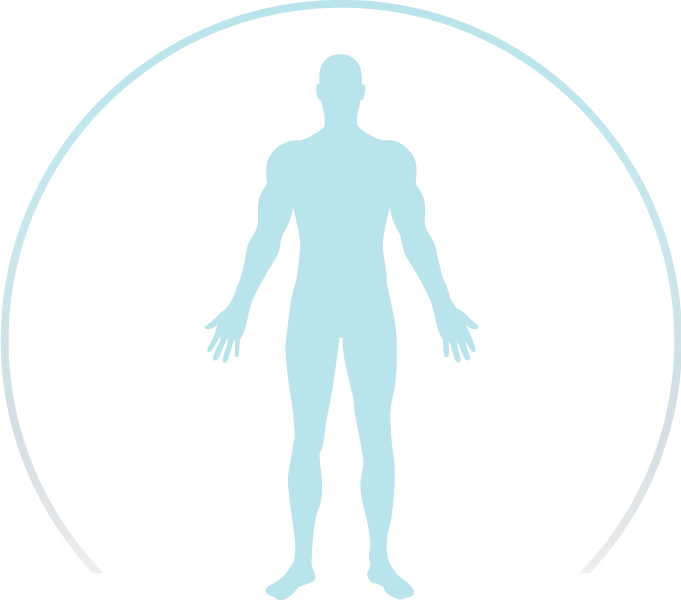PRESTIGE MEN'S HEALTH
UTAH'S #1 TESTOSTERONE CLINIC
Get Expert Testosterone Therapy at Prestige Men's Health
At Prestige Men’s Health, we specialize in restoring energy, confidence, and vitality through expert testosterone therapy. If you’re feeling tired, irritable, or not quite yourself, you’re not alone. As a trusted testosterone clinic in Utah, we help men of all ages reclaim their strength and well-being through safe, personalized treatment plans—guided by experienced testosterone doctors who truly care.
UTAH'S #1 TESTOSTERONE CLINIC
We’re proud to be Utah, Idaho, Nevada, and Wyoming’s premier testosterone clinic, known for compassionate care, fast results, and proven outcomes. Whether you’re dealing with low energy, mood swings, or performance issues, our team of skilled testosterone doctors will help you feel like yourself again. No pressure. No judgment. Just medical professionals who get it—and know how to help.
WE NOW OFFER TELEHEALTH
Can’t make it in person? No problem. Prestige Men’s Health now offers convenient telehealth appointments for hormone therapy. Whether you’re at home, at work, or on the go, our virtual visits make it easy to connect with your testosterone doctor—without sacrificing quality care.
TESTOSTERONE THERAPY
Low testosterone (Low T) can affect every part of your life—from how you feel to how you perform. Our testosterone therapy is designed to tackle the root of the issue, not just the symptoms:
Low Sex Drive
A noticeable drop in libido is one of the most common symptoms of Low T. Our therapy can help reignite your drive and restore healthy sexual function.
Erectile Dysfunction
Testosterone plays a key role in sexual performance. If ED has become a problem, we’ll assess your hormone levels and customize a treatment plan that works.
Fatigue
If you’re having trouble getting through the day, Low T may be the cause. Our expert testosterone doctors will help you recharge with safe and effective hormone support.
Depression
Hormonal imbalances can contribute to mood swings, irritability, and even depression. Balancing testosterone can improve emotional stability and mental clarity.
Loss of Muscle Mass
Testosterone plays a key role in sexual performance. If ED has become a problem, we’ll assess your hormone levels and customize a treatment plan that works.
Irritability
Feeling short-tempered or frustrated more than usual? Testosterone therapy helps restore emotional balance and calm.
How It Works!
Getting started with Prestige Men’s Health is simple, fast, and affordable.
Step 1
Book An Appointment
Schedule a no-pressure consultation with a licensed testosterone doctor—in person or via telehealth.
Step 2
The Lab Work
We’ll run comprehensive bloodwork to check your hormone levels and identify the best course of action.
Step 3
Get Meds
Start your personalized testosterone therapy. Most patients report feeling better within a few weeks.
Testosterone FAQ’s
What Is Testosterone?
Testosterone is the primary male sex hormone responsible for muscle mass, energy levels, sex drive, and overall well-being.
How Common Is Low Testosterone?
Low T affects millions of men—especially over age 30. Many go untreated due to a lack of awareness or misdiagnosis.
How Is Low Testosterone Diagnosed?
We perform a detailed consultation and blood test to measure your testosterone levels and assess symptoms.
What Levels Are Considered To Be Within Normal Range?
Typically, 300–1,000 ng/dL is considered the normal range. Our testosterone doctors focus on optimizing levels, not just meeting the baseline.
What Are The Benefits Of Being Treated?
Improved energy, mood, libido, muscle strength, mental clarity, and overall quality of life.
How Is Testosterone Replaced?
We offer multiple treatment options, including injections, topical gels, and pellets—depending on your preference and needs.
How Long Will It Take To Notice Benefits Once I Start Treatment?
Some men feel a difference in as little as 1–2 weeks, with full results typically noticeable within 4–6 weeks.
How Much Does It Cost?
We offer some of the most affordable hormone therapy in Utah. Plans start as low as $80/month with transparent pricing and no hidden fees.
How Long Do The Office Visits Take?
Initial visits may take 30–45 minutes. Follow-up appointments are typically under 15 minutes.
How Often Do I Need To Get My Levels Checked? What About PSA (Prostate Specific Antigen) Levels?
We recommend regular follow-ups every 3–6 months to monitor testosterone and PSA levels for safety and effectiveness.
What Are The Risks Associated With Treatment?
Like any medical therapy, there are risks—though rare. Our testosterone doctors carefully monitor your health throughout the process.
Who Should Not Receive Testosterone Replacement?
Men with certain medical conditions or elevated PSA levels may not be candidates. During your consultation, we’ll discuss all health considerations.
CONTACT US
Ready to take the first step toward feeling young again? Contact Prestige Men's Health today to schedule your consultation.
OFFICE: 4381 S Highland Dr, Holladay UT 84124
PHONE: 801-695-4311 (text preferred!)
EMAIL: [email protected]










